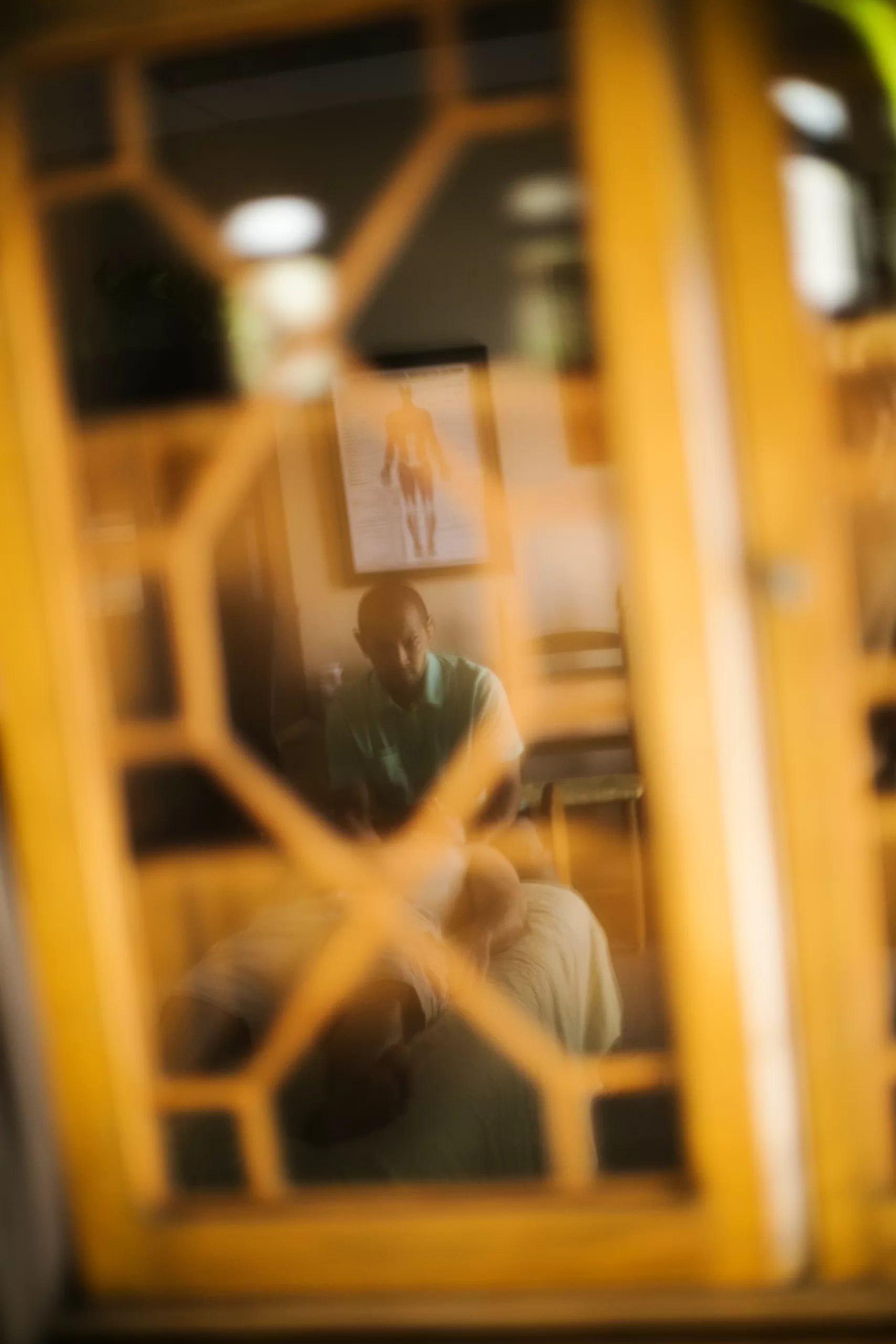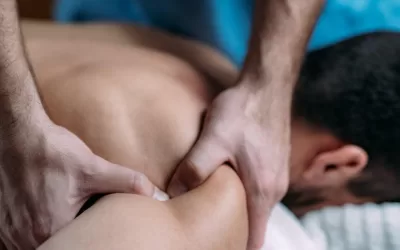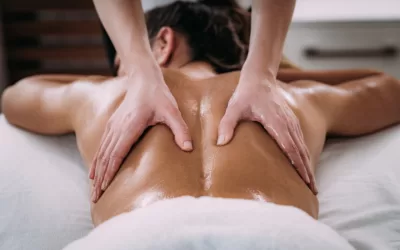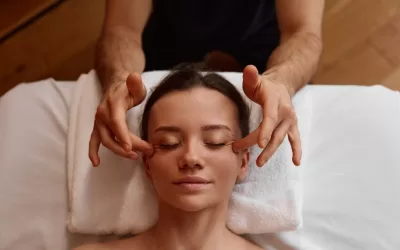Your First Visit
Time: 90 minutes (follow-up visits will be 60-75 minutes).
Cost: The first Structural Integration session is $165.
Attire: Structural Integration clothing generally consists of men’s boxer briefs or loose fit shorts, and women’s bra and panties or loose fit shorts. Tight-fitting clothing, including a few sports bras, makes working around the shoulders and hips challenging. Dress comfortably, and let your Rolfer know if you want anything new to wear.
Sessions: In a series of 10 sessions, Structural Integration Structural Integration is most successful, where each session builds on the others.
Future visits: If you do a series of 10 sessions, we usually schedule weekly or biweekly sessions, but this may be changed to suit your needs. There are normal points in the series after sessions #3 and #7 where you may take a break. Sessions require a minimum of 1 hour, but if we need the extra time please allow an hour and a half.
After your session: Following your Structural Integration session it’s recommended to take a 15 to 30 minute walk to notice any changes in your body. Walking also allows the body to make adjustments around some of the changes made.
The First Session
The purpose of the first session is to systematically release the “stocking” of the body, or the fascial sheath lying just below the surface of the skin. There is also expectation of some lengthening of the spine up and out of the pelvis, as well as relaxation of the legs below the hip joint.
The Second Session
The second Structural Integration session focuses up to the knee around the feet and legs. A lot of people don’t use their entire feet. Old ankle injuries can cause you to rely on your foot’s outer edge, or cause you to collapse inward. Therefore, most people walk by leaning too far forward and pulling the legs behind them to drag the upper body along. This practice puts too much pressure on the feet, decreases flexibility in the toes and metatarsals and causes tension in the hamstring.
The Third Session
The third session on Structural Integration concerns incorporation. This links up the first two sessions into a dynamic whole. It is the last of the introduction sessions and a key point for Rolfer and client alike. If either one wishes to delay the series for any reason, it is advantageous to do so before the fourth Structural Integration session, which starts dealing with the deep pelvis structures.
The Fourth Session
The fourth through sixth sessions on Structural Integration represent a change in the intention of the therapist. The emphasis shifts from the superficial fascial planes to what is considered the “core” of the body. Rolfers describe “core” structures as those situated close to the spine and the midline of the body; they are distinct from the “sleeve,” consisting of the shoulder and pelvic girdles, and the leg lateral structures.
The Fifth Session
The fifth Structural Integration session follows on from the fourth. It’s recommended that these sessions be separated by no more than a few weeks. Session Five discusses the superficial abdominal muscle relationship (such as rectus abdominis) to the deeper muscles (psoas and iliacus).
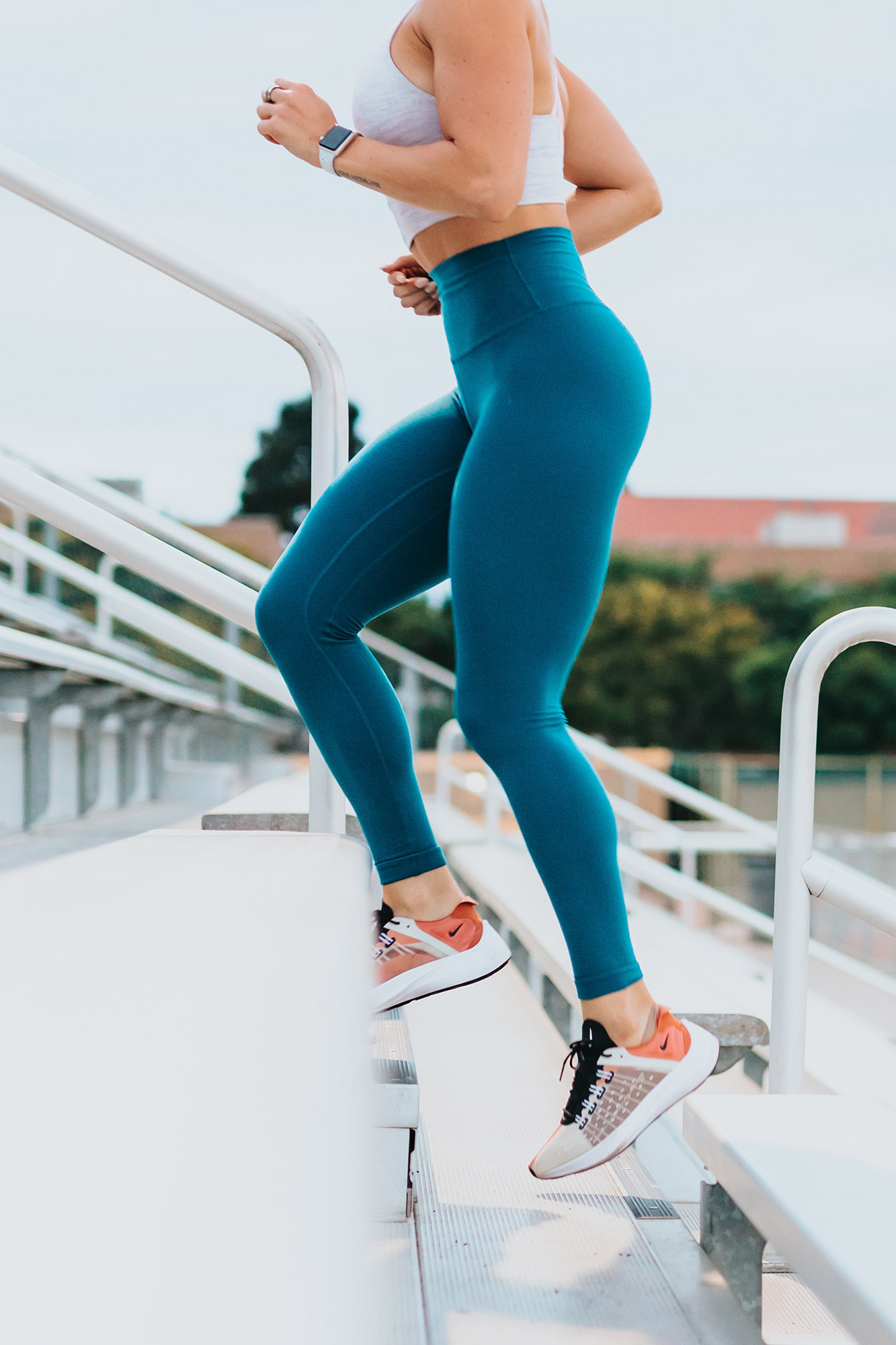
The Sixth Session
That session at the Structural Integration series focuses on some part of the pelvis. Working on the legs and feet is intended to provide support for the pelvic region, even in the second session. The sixth session, however, is very specific in their approach to the pelvis. The deeply rotating muscles under the buttocks are the muscle structures which are the key here. Hip rotator balance can help the legs move more efficiently when walking.
The Seventh Session
The seventh session’s work is geared at strengthening the backbone of the neck and head. By this stage, the legs, pelvis and abdomen have a sense of lift and support, and we want to bring that feeling up into the brain. The Rolfer operates on the fascia of the neck during the seventh session, opens the connective tissues around the skull and face and helps to further enhance the breathing by opening nasal passages that are narrowed.
The Integrative Sessions: 8 Through 10
The practice focuses on one area of the body in each of Structural Integration’s first seven sessions. The purposes of a specific session focus on putting its position in the entire body’s vertical balance. A wider and more systematic approach to the problem of integration of the whole system becomes relevant with the eighth session.These last three sessions are considered “integrative” in nature, so they are customized for each person.
Are You An Athlete Or Desk Professional Experiencing Pain?
Beyond Ergonomics gives athletes and desk professionals answers to their pain problems. Body imbalances, repetitive use, and lack of movement are the cause of many injuries and pain. Beyond Ergonomics helps you discover your imbalances and create change. MedicinEvolution’s purpose is to reduce pain and other symptoms that you haven’t had luck with. MedicinEvolution Bodywork Beyond Massage is the solution for many problems plaguing your body. Make your appointment today!

